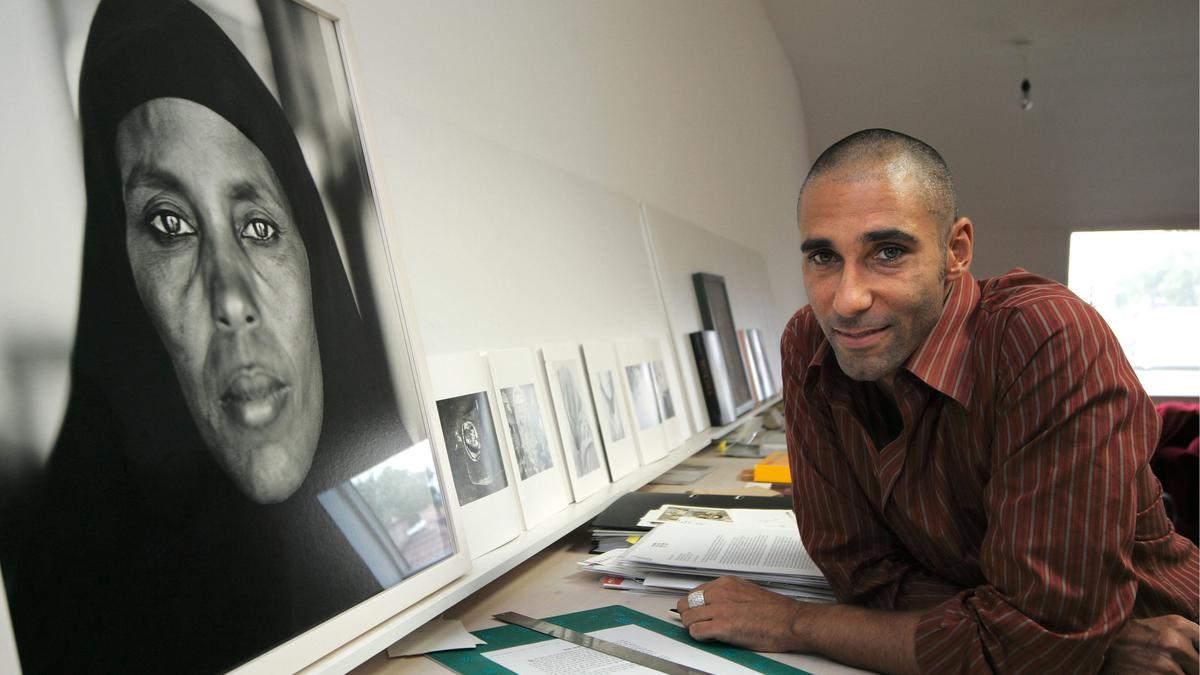By Smruti S Amy Herman is a lawyer and art historian who has designed a programme which uses works of art to sharpen observation, analysis, and communication skills. Her book Visual Intelligence: Sharpen Your Perception, Change Your Life was on both the New York Times and Washington Post bestsellers’ lists. She had recently visited the city’s Museum of Art and Photography where she is an international board member.
While in Bengaluru, Amy held sessions on a programme she developed called the Art of Perception based on ‘visual intelligence’. According to her, visual intelligence is the ability to see what other people do not by gaining clarity from multiple perspectives. ”I teach people to look at works of art to help sharpen their visual intelligence, to see what should be there and isn’t, and to understand the value of multiple perspectives.

Art is the vehicle that we use to do that.” Amy Herman| Photo Credit:Special Arrangement Initially a law practitioner, Amy saw immense value in legal education and training, even though she found it uninspiring. She forged a new path which creatively fused legal and visual analysis.
This resulted in developing the program, which was first designed in 2000. Amy’s training adapts art-based observation techniques to suit different professional groups — nurses, intelligence officers, military personnel and others. She tailors the selection of artworks to address the specific challenges faced by each group.
Although the specific artworks vary, the core methodology focuses on enhancing communication skills. While most participants are already skilled leaders, Amy uses art to offer fresh perspectives, guided by her principle of teaching people to “look differently to see better.” This approach helps people view situations from new angles and improve their communication.
Amy’s expertise has seen her provide training to leaders at the White House, NATO Defence College, Scotland Yard, New York City Police Department, the FBI, Interpol, the French National Police and members of many Fortune 500 companies In the early days, Amy encountered skepticism from police officers and other professionals who questioned how studying art could be beneficial to their work. By observing and understanding more deeply, individuals can gain fresh perspectives on their partners, children, and family. Eventually, many found this enhanced perception notably strengthened their relationships and gave them a new depth.
Amy sees art as “a potent reminder of human creativity and the potential we all have to solve problems and excel in our work.” Talking about her foray into writing, Amy says, “Never in my wildest dreams did I think I would ever write a book.” She remembers how on a flight in February 2012, she got talking with a co-passenger who was a literary agent.
On learning about Amy’s work, she said, “I’m going to be your agent. You’ll write a book for me, and I’ll get it on the bestseller list.” At the time, Amy thought it was a tall claim, but she has written three books since which have not only been on bestseller lists but also been translated into 14 languages.
Abhishek Poddar, the founder of MAP, having read her books, met up with Amy for coffee when he was in New York, and invited her to MAP. “I didn’t know much about Indian art before I joined the International Board at MAP, but looking at art that was created in India and by Indian artists, helped me see the world through their eyes,” she confesses. Johannes Vermeer’s Milkmaid| Photo Credit:Special Arrangement From a New York Times article in 2021| Photo Credit:Special Arrangement Out of all the artwork presented at MAP, two photographs struck her the most, “One was by Fazal Sheikh.
He took pictures of widows that I found simply incredible. The other one was from a project by Anoli Perera who took pictures of women with wigs over their faces; they were stunning.” According to Amy, people should visit museums and art exhibitions for two reasons.
“Art highlights human creativity and reminds us of our potential. Museums also offer a change of environment, which can shift your perspective and thinking.” She admits to having mixed feelings when it comes to digital art.
While one is grateful for museums that have digitised their collections and made them accessible all over the world, Amy is sceptical of AI-created art. Yet, she has a deep appreciation for photography. “A photographer’s perspective shapes the images we see and photography can help us reframe our view of the world.
We all have a camera lens in our eyes — when we see that photography can capture so many different things, it reminds us to think about what we are capturing and what we are seeing.” Amy recollects how a 2021 image in the New York Times of an elderly woman in eastern Ukraine cooking in her kitchen even as bombs went off around her, reminded her of Johannes Vermeer’s Milkmaid (1655). “Over 350 years between that painting and photograph, and it seemed there wasn’t a minute between them.
” “I believe art is the greatest chronicler of our world — war, economy, sickness, celebration, mankind. All this has been around since the beginning of time. Art is a window to the world and helps us explain things we can’t otherwise.
” Copy link Email Facebook Twitter Telegram LinkedIn WhatsApp Reddit.



















